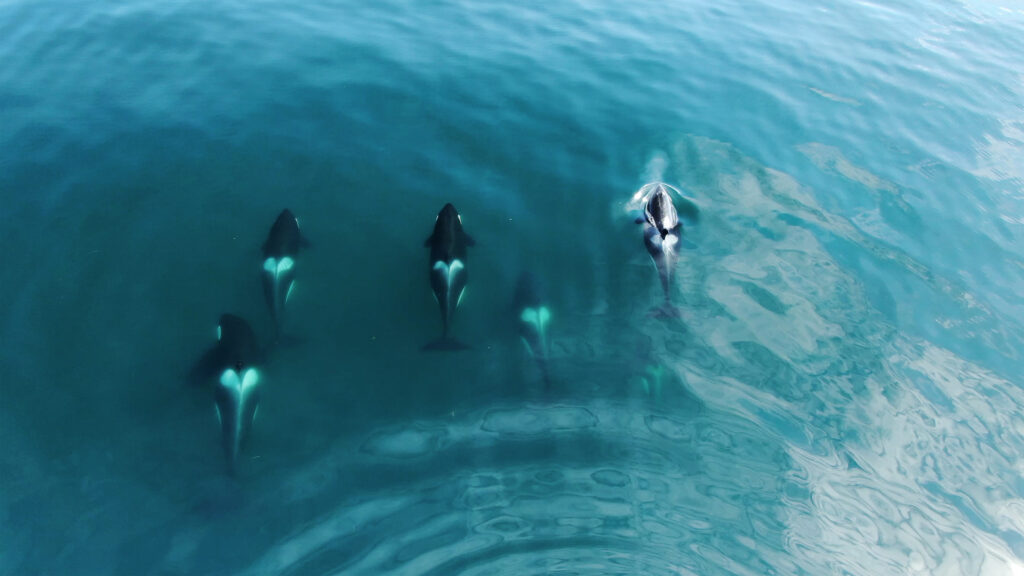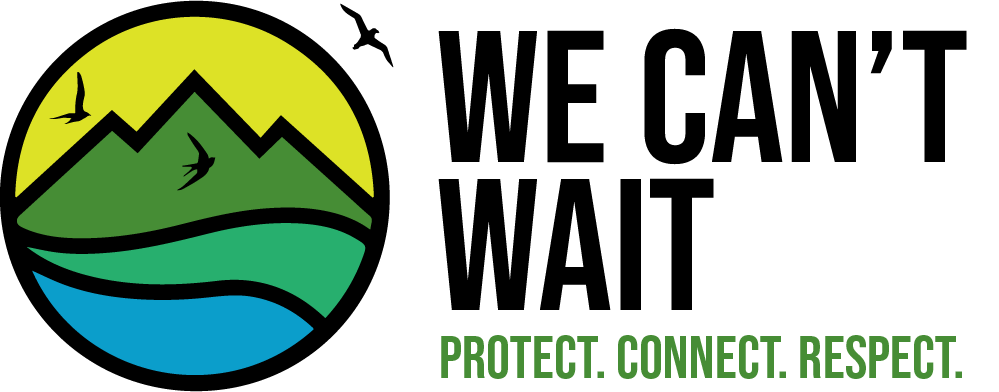Published 04/19/2023
What are Marine Protected Areas?

By: Anabelle Mirfatahi, Digital Communications Assistant, Ocean Program
What are Marine Protected Areas?
Marine Protected Areas, also commonly referred to as MPAs, are areas legally designated to provide long-term protection of marine ecosystems, habitats, and species.
Did you know the ocean produces more than 50% of the oxygen that we breathe and absorbs more carbon dioxide than the atmosphere? Such processes rely on a healthy, functioning ocean ecosystem. When there is a decline in marine biodiversity, it can disrupt the ocean’s ability to be productive, resilient, and adaptable to environmental changes.
MPAs are protected from human activities, such as industrial fishing, bottom-trawling, mining, oil and gas activities, dredging, and dumping, that have negative effects on ocean ecosystems. By reducing harmful activities, we can help marine life and habitats recover and rebuild and make ecosystems more resilient to the effects of climate change. Keep in mind that not all human activities are prohibited in MPAs. Non-extractive activities like kayaking, swimming, or hiking may be permitted, often falling under the category of wildlife tourism.
In an article published in the One Earth journal, a team of researchers have found that effective MPAs have been proven to:
- Enhance carbon sequestration
- Prevent the erosion and damage of coastlines from rising sea levels and storms, and
- Restore biodiversity.
By reducing fishing pressure on species MPAs allow fish and shellfish to live longer, grow larger, and produce more offspring. As all these new fish eventually spill out of the marine protected area, they support commercial and recreational fishing. The science is clear that marine protected areas are a crucial tool for restoring healthy oceans.
Check out our MPA toolbox below to get to know some of the terms mentioned in this blog and stay tuned for our next blog in the MPA 101 series, which will be focused on why we need stronger MPAs.
MPA Toolbox
Biodiversity
The term biodiversity stems from two words: biological and diversity. “Biological” refers to living organisms, and “diversity” means a variety. Putting these two terms together, biodiversity refers to the variety of living things on Earth. Biodiversity across the globe is declining at a rapid rate, with thousands of species threatened with extinction due to the ongoing impact of human activities on the environment.
To learn more about biodiversity, check out CPAWS’ blog on World Biodiversity Day.
Bottom-trawling
Bottom-trawling is a fishing practice where a large, weighted net is dropped to the ocean floor and dragged along by a boat to collect fish that live on or near the seabed. These nets collect everything in their path, resulting in the incidental catch of other non-targeted species, known as “bycatch”. Dragging these large nets along the seabed destroys species like corals and sponges and creates clouds of sediment that chokes marine life.
This article from Pacific Wild goes deeper into the history of bottom-trawling and its environmental implications.
Carbon Sequestration
Carbon is released during processes like the burning of fossil fuels, and is absorbed by ‘sinks’ such as trees, algae, marine plants, and even the ocean itself. The long-term storage of carbon is known as carbon sequestration. Carbon is sequestered in sediments on the seafloor and the leaves, roots, and surrounding soil of coastal eelgrass and plants in salt marshes.
We are currently pumping so much carbon dioxide into the atmosphere that, if we are to limit global warming to 1.5 degrees, we must protect all existing stores of sequestered carbon.
According to The International Union for Conservation of Nature (IUCN), “strictly protected MPA networks in coastal carbon habitats (mangroves, seagrasses, salt marshes) can ensure that no new emissions arise from the loss and degradation of these areas. At the same time, they stimulate new carbon sequestration through the restoration of degraded coastal habitats.”
Dredging
Dredging is the removal of sediments from the ocean to make water navigation or fishing easier in shallow waters, for mining and creating new harbours, and to move sand onto public beaches. It can have harmful effects on marine life and cause habitat degradation, pollution, erosion, and increase sediment concentrations in the water.
Dumping
Dumping is the act of discarding material into a body of water, such as sewage, grey water, solid waste, scrubber effluent, ballast water, and oil. Dumping can also come from agricultural run-off, debris from industries such as mining and forestry, biological and chemical waste from aquaculture operations, and untreated sewage from communities.
Oil and Gas Activities
Oil and gas activities in MPAs include exploration and seismic testing, drilling, rig installation, and shipping oil by pipeline or tanker.
Extra Resources
- CPAWS Ocean Report 2021
- CPAWS We Can’t Wait Campaign
- CPAWS Interactive MPA Dashboard
- Researchers find evidence that MPAs mitigate the effects of climate change
- MPA Network
- The MPA Guide
References
- CPAWS 101 Blog Series: Blue Carbon
- CPAWS World Biodiversity Day
- IUCN Marine Protected Areas and Climate Change Issue Brief
- Pacific Wild Bottom Trawling
ACT NOW FOR NATURE
You can make a difference. Take action in the fight against biodiversity loss and climate change by using your voice to help protect land and ocean in Canada. We can’t wait.

